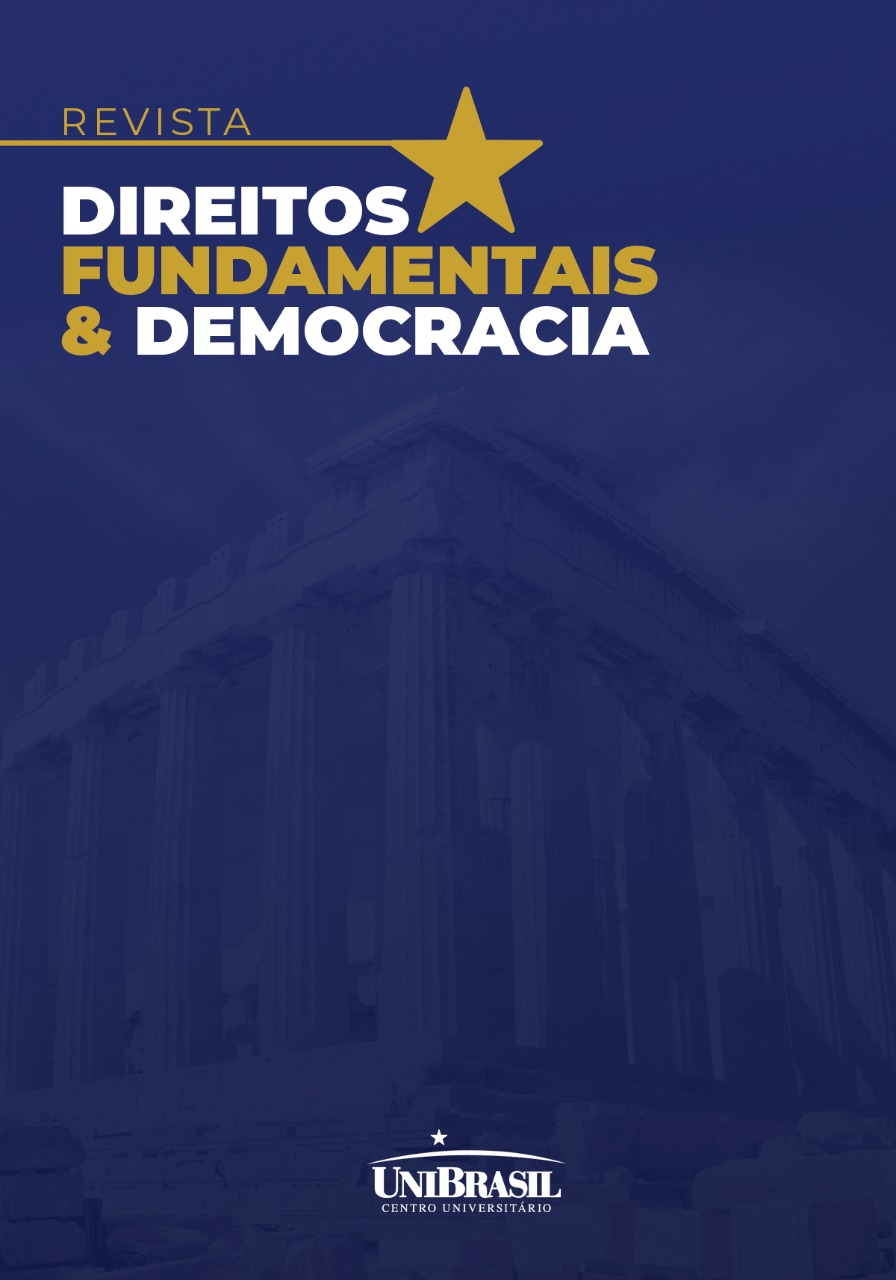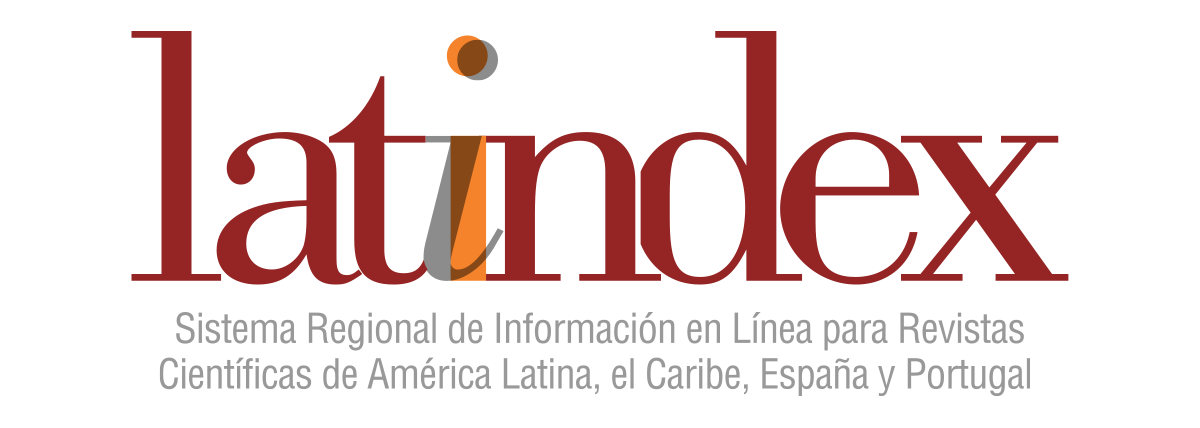THE THREE LAWS OF ROBOTICS IN THE AGE OF BIG DATA
DOI:
https://doi.org/10.25192/ISSN.1982-0496.RDFD.V.29.II.2805Abstract
The work examines the challenges posed by emerging technologies, such as robots, artificial intelligence, and algorithms, within the Algorithmic Society. It contrasts the "Frankenstein Complex," which fears malevolent machines, with Isaac Asimov's Three Laws of Robotics, emphasizing that, in practice, legal and interpretative issues arise that necessitate regulations focused on the humans who develop and operate these technologies. The argument is made that governance should prioritize the good faith, transparency, and responsibility of designers and operators, rather than concentrating solely on the devices themselves. The "homunculus fallacy" is used to critique the mistaken belief that there is a human entity within AI programs, highlighting the need to regulate programming and data usage. Additionally, the "substitution effect," in which AI and robots replace humans, impacting social dynamics, is discussed. Finally, three fundamental legal principles are proposed to guide interactions within the Algorithmic Society: fiduciary duties, public obligations, and the prevention of cost externalization, applying these principles to both digital companies and governments.
Keywords: Algorithmic Society; algorithms; artificial intelligence; Big Data; Three Laws of Robotics.
Downloads
References
ANGELO, Joseph A. Robotics: a reference guide to the new technology. 2006.
ASIMOV, Isaac. Mirror image. In: Robot Visions. 1990.
ASIMOV, Isaac. Robots and empire. 1985.
ASIMOV, Isaac. Runaround. In: I Robot. 1950.
ASIMOV, Isaac. The caves of steel. 195.
ASIMOV, Isaac. The last question. In: Robot dreams. 1995.
ASIMOV, Isaac. The machine and the robot. In: WARRICK, P. S.; GREENBERG, M. H.; OLANDER, J. D. (Eds.). Science Fiction: contemporary mythology. 1978.
ASIMOV, Isaac. The naked sun. 1957.
ASIMOV, Isaac. The robots of dawn. 1983.
BALKIN, Jack M. Information fiduciaries and the First Amendment. U.C. Davis Law Review, v. 49, p. 1183-1234, 2015.
BALKIN, Jack M. The path of robotics law. California Law Review Circuit, v. 05, p. 45-60, 2015.
BALKIN, Jack M.; ZITTRAIN, Jonathan. Grand bargain to make tech companies trustworthy, The Atlantic, oct. 3, 2016. Disponível em: https://www.theatlantic.com/technology/archive/2016/10/information-fiduciary/502346/.
BAROCAS, Solon et al. Accountable algorithms. University of Pennsylvania Law Review, v. 165, p. 633, 2017.
BAROCAS, Solon; SELBST, Andrew D. Big data’s disparate impact. California Law Review, v. 104, n. 03, p. 671-692, 718-719, 2016.
BAROCAS, Solon; SELBST, Andrew D. Big data’s disparate impact. California Law Review, v. 104, n. 03, p. 671-692, 718-719, 2016.
BARTHELMESS, Ulrike; FURBACH, Ulrich. Do we need Asimov's Laws? Cornell University Library, 2014, p. 11. Disponível em: https://arxiv.org/ftp/arxiv/papers/1405/1405.0961.pdf.
BEAUTY.AI. Welcome to the first international beauty contest judged by artificial intelligence. Disponível em: http://beauty.ai/.
BECKETT, Lois. Everything We know about what data brokers know about you. ProPublica, 13 jun. 2014. Disponível em: https://www.propublica.org/article/everything-we-know-about-what-data-brokers-know-about-you.
CELLAN-JONES, Rory. Stephen Hawking warns artificial intelligence could end mankind. BBC, 2 dez. 2014. Disponível em: http://www.bbc.com/news/technology-30290540.
CITRON, Danielle Keats. Technological due process. Washington University Law Review, v. 85, p. 1249, 2008.
CITRON, Danielle Keats; PASQUALE, Frank. The scored society: due process for automated predictions. Washington Law Review, v. 89, p. 01, 2014.
COMAY, Joan; COHN-SHERBOK, Lavinia. Who's who in Jewish history: after the period of the Old Testament. 2. ed. Londres: Routledge, 2001.
CRAWFORD, Kate; SCHULTZ, Jason. Big data and due process: toward a framework to redress predictive privacy harms. Boston College Law Review, v. 55, p. 93, 2014.
DENG, Boer. Machine ethics: the robot’s dilemma. Revista Nature, v. 523, p. 24-26, jul. 2015. Disponível em: http://www.nature.com/news/machine-ethics-the-robot-s-dilemma-1.17881.
ELSWIT, Sharon Barcan. The Jewish story finder: a guide to 668 tales listing subjects and sources. 2012.
FAULK, Richard O.; GRAY, John S. Alchemy in the courtroom? The transmutation of public nuisance litigation. Michigan State Law Review, v. 207, p. 941, 943-944, 2007.
FROOMKIN, A. Michael. Regulating mass surveillance as privacy pollution: learning from environmental impact statements. University of Illinois Law Review, v. 2015, n. 04, p. 1713-1715, 2015.
GANDOMI, Amir; HAIDER, Murtaza. Beyond the hype: Big data concepts, methods, and analytics. International Journal of Information Management, v. 35, n. 02, p. 137-144, 2015. Disponível em: http://www.sciencedirect.com/science/article/pii/S0268401214001066.
GIBBS, Samuel. Elon Musk: artificial intelligence is our biggest existential threat. The Guardian, 27 out. 2014. Disponível em: https://www.theguardian.com/technology/2014/oct/27/elon-musk-artificial-intelligence-ai-biggest-existential-threat.
GIFFORD, Donald G. Public nuisance as a mass products liability tort. University of Cincinnati Law Review, v. 71, p. 741, 743-744, 2003.
GRAHAM, Kyle. Strict products liability at 50: four histories. Marquette Law Review, v. 98, p. 555-567, 2014.
HAVASI, Catherine. Who’s common-sense reasoning and why it matters. Techcrunch, 9 ago. 2014. Disponível em: https://techcrunch.com/2014/08/09/guide-to-common-sense-reasoning-whos-doing-it-and-why-it-matters/.
HIRSCH, Dennis D. Protecting the inner environment: what privacy regulation can learn from environmental law. Georgia Law Review, v. 41, n. 01, p. 23, 2006.
HIRSCH, Dennis D. The law and policy of online privacy: regulation, self-regulation, or co-regulation? Seattle University Law Review, v. 34, n. 03, p. 465-466, 2011.
HYLTON, Keith N. the economics of public nuisance law and the new enforcement actions. Supreme Court Economic Review, v. 18, p. 43-44, 2010.
JESTICE, Phyllis G. Holy people of the world: a cross-cultural encyclopedia. Santa Barbara: ABC-CLIO, 2004.
KANT, Immanuel. Critique of pure reason. Editores e tradutores: Paul Guyer e Allen W. Wood. Cambridge: Cambridge University Press, 1998.
KAREL, Capek. RUR. 1921.
KEHOE, Ben et al. A survey of research on cloud robotics and automation. Institute of Electrical and Electronics Engineers, 2015. Disponível em: http://goldberg.berkeley.edu/pubs/T-ASE-Cloud-RA-Survey-Paper-Final-2015.pdf.
KEHOE, Ben; PATIL, Sachin; ABBEEL, Pieter; GOLDBERG, Ken. A survey of research on cloud robotics and automation. IEEE Transactions on Automation Science and Engineering (T-ASE): Special Issue on Cloud Robotics and Automation, v. 12, n. 02, abr. 2015. Disponível em: http://goldberg.berkeley.edu/pubs/T-ASE-Cloud-RA-Survey-Paper-Final-2015.pdf.
KIM, Pauline T. Data-driven discrimination at work. William & Mary Law Review, v. 58, p. 857, 2017.
LEIVICK, H. O Golem. In: Golem: a new translation of the classic play and selected short stories. Tradução de Joachim Neugroschel. 2006.
LEVIN, Sam. A beauty contest was judged by AI and the robots didn't like dark skin. The Guardian, 8 set. 2016. Disponível em: https://www.theguardian.com/technology/2016/sep/08/artificial-intelligence-beauty-contest-doesnt-like-black-people.
LOIZOS, Connie. This famous roboticist doesn’t think Elon Musk understands AI. Tech Crunch, 19 jul. 2017. Disponível em: https://techcrunch.com/2017/07/19/this-famous-roboticist-doesnt-think-elon-musk-understands-ai/.
MARX, Karl. Capital: A critique of political economy. In: The fetishism of commodities and the secret thereof. ENGELS, Friedrich (Ed.). Tradução de Samuel Moore e Edward Aveling. Mineola: Dover Publications, Inc., 2011.
MCCAULEY, Lee. The Frankenstein Complex and Asimov’s Three Laws. In: Association for the Advancement of Artificial Intelligence. 2007, p. 09-14. Disponível em: https://perma.cc/AJ9F-FHTJ.
O exterminador do futuro. Direção de James Cameron. Hermdale Film Corporation, Pacific Western Productions Cinema, 1984.
O GOLEM DE PRAGA. In: AUSUBEL, Nathan (Ed.). A treasury of Jewish folklore. 1948.
O'CONNELL, Brian. Will robo-advisors benefit from the fiduciary rule? The Street, 23 fev. 2017. Disponível em: https://www.thestreet.com/story/14009692/1/will-robo-advisors-benefit-from-the-fiduciary-rule.html.
PASQUALE, Frank. The Black Box Society: the secret algorithms that control money and information. 2015.
PASQUALE, Frank. Toward a fourth law of robotics: preserving attribution, responsibility, and explainability in an algorithmic society. 2017. Disponível em: https://papers.ssrn.com/sol3/papers.cfm?abstract_id=3002546.
RASTOGI, Anupam. Artificial intelligence: human augmentation is what’s here and now. Medium, 12 jan. 2017. Disponível em: https://medium.com/reflections-by-ngp/artificial-intelligence-human-augmentation-is-whats-here-and-now-c5286978ace0.
ROBINSON, Yu. Knowing the score: new data, underwriting, and marketing in the consumer credit marketplace. 2014. Disponível em: https://www.teamupturn.com/static/files/Knowing_the_Score_Oct_2014_v1_1.pdf.
SCHWARTZ, Victor E.; GOLDBERG, Phil; SCHAECHER, Corey. Game over? why recent state Supreme Court decisions should end the attempted expansion of public nuisance law. Oklahoma Law Review, v. 62, p. 629, 629-631, 2010.
SELBST, Andrew D. Disparate impact in big data policing. Georgia Law Review, v. 49, 2017. Disponível em: https://ssrn.com/abstract=2819182.
SINTEF. Big Data, for better or worse: 90% of world's data generated over last two years. Science Daily, 22 maio 2013. Disponível em: https://www.sciencedaily.com/releases/2013/05/130522085217.htm.
THE ECONOMIST. Combustível do futuro: dados estão dando origem a uma nova economia. 6 maio 2017. Disponível em: https://www.economist.com/news/briefing/21721634-how-it-shaping-up-data-giving-rise-new-economy.
VIOLINO, Bob. Big data and robotics: a long history together. ZDNet, 12 ago. 2016. Disponível em: http://www.zdnet.com/article/big-data-and-robotics-a-long-history-together/.
ZITTRAIN, Jonathan. Engineering an election: digital gerrymandering poses a threat to democracy, Harvard Law Review, v. 127, n. 08, p. 335-341, jun. 2014. Disponível em: http://harvardlawreview.org/2014/06/engineering-an-election/.
ZITTRAIN, Jonathan. Facebook could decide an election without anyone ever finding out. The New Republic, 1 jun. 2014. Disponível em: http://www.newrepublic.com/article/117878/information-fiduciary-solution-facebook-dig ital-gerrymandering.
Downloads
Published
How to Cite
Issue
Section
License
Copyright (c) 2024 Jack M. Balkin

This work is licensed under a Creative Commons Attribution-NonCommercial-ShareAlike 4.0 International License.
Copyrights for any articles published in the journal are given to the author and RDFD with first publication rights granted to the Journal. By virtue of their appearance in this open access journal, articles are free to use, with proper attribution, for educational and other non-commercial purposes in accordance with the creative commons.




